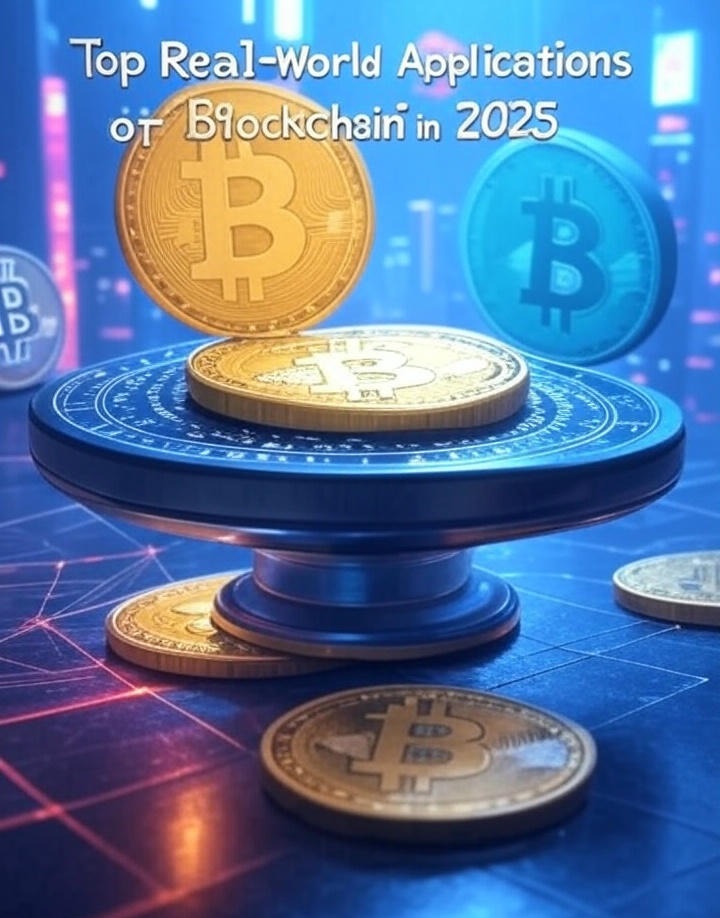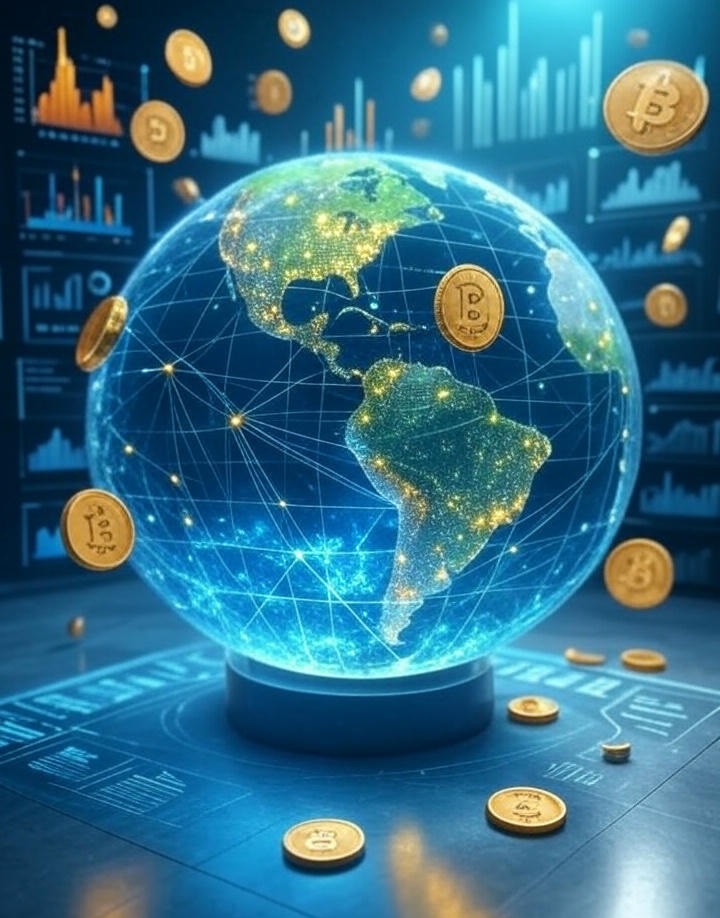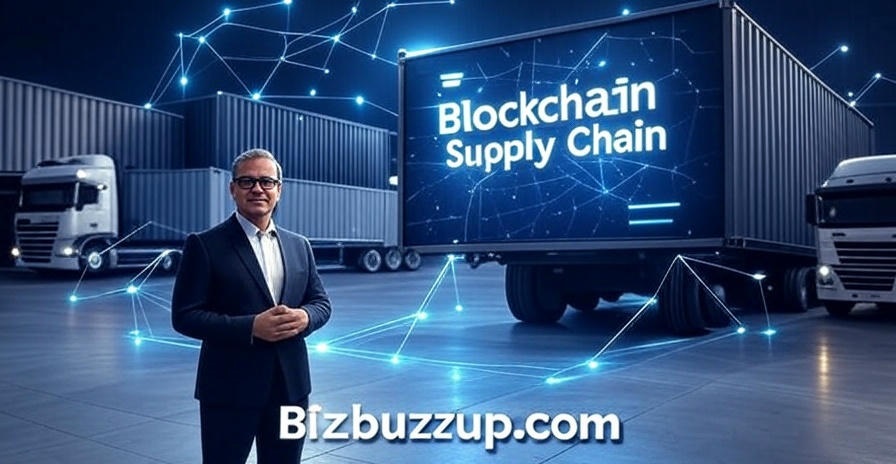
Why Blockchain Applications Matter Now More Than Ever
As we move deeper into the digital age, the demand for decentralized, tamper-proof systems is skyrocketing. Blockchain is no longer just a buzzword — it’s becoming the infrastructure behind trust in a trustless world. From governments adopting blockchain voting systems to artists earning from NFTs, we are witnessing a shift that impacts privacy, finance, transparency, and even SEO strategies. Understanding the real-world applications of blockchain today helps businesses, developers, and everyday users stay competitive and secure in 2025 and beyond.
1. Financial Services & Banking
One of the earliest and most prominent use cases of blockchain is in the world of finance. From cross-border payments to decentralized finance (DeFi), blockchain technology enables faster, cheaper, and more transparent transactions. Major banks and fintech companies are using blockchain to settle trades, process payments, and verify identities with zero downtime. Platforms like Ripple and Stellar are already streamlining global remittance systems using decentralized ledgers.
2. Supply Chain & Logistics
Blockchain offers real-time product tracking, reducing fraud and improving inventory accuracy. From farm to shelf, companies use blockchain to log every step of a product’s journey. Walmart, IBM, and Maersk are using blockchain platforms like IBM Food Trust to trace food products and shipping containers, ensuring transparency, speed, and reliability. This ensures greater consumer trust — a benefit that’s also strong for SEO when marketing ethical, verified products.
“In this insightful talk, George Levy demonstrates how blockchain can revolutionize the tracking of physical assets across supply chains—watch the full explanation below.”
3. Data Security
In 2025, healthcare data is under constant threat from cyberattacks. Blockchain enables secure and decentralized patient records that only authorized users can access. Hospitals are using smart contracts to manage prescriptions and automate claims processing. Companies like BurstIQ and Medicalchain are pioneering blockchain health data exchanges that give patients control over their medical history. This application not only improves care quality but also enhances patient privacy — a critical concern in digital health today.
4. Identity Verification
Digital identity is a major issue in our hyper-connected world. Blockchain enables self-sovereign identity systems that let users own and control their identity. Governments and institutions in countries like Estonia and South Korea are already issuing blockchain-based IDs. These systems drastically reduce identity theft, streamline onboarding processes, and enhance user privacy. It’s one of the most promising real-world applications of blockchain in 2025 and beyond.
5. Digital Voting Systems
Blockchain voting platforms eliminate fraud and increase transparency. Each vote is recorded immutably and verifiable by anyone. Projects like Voatz and FollowMyVote are testing systems that could allow citizens to vote from mobile devices securely. While not yet widespread, pilot programs in local and university elections are proving blockchain’s potential in restoring faith in democracy.
6. NFTs & Digital Ownership
Blockchain powers NFTs (non-fungible tokens), which prove ownership of digital assets like art, music, and game items. Platforms such as OpenSea, Magic Eden, and Zora allow creators to earn royalties each time their NFT resells — something impossible with traditional art. These innovations are shifting power from centralized marketplaces to individual creators, offering a new income stream for artists and brands alike.
7. Decentralized Web (Web3)
The decentralized web, or Web3, is built on blockchain and gives users control over their data, identity, and content. Projects like IPFS (InterPlanetary File System), Filecoin, and Arweave allow users to store and access content without a central server. This results in more censorship-resistant and privacy-focused platforms — values that are becoming essential in 2025’s evolving content ecosystem.
Comparison Table: Traditional vs Blockchain-Based Systems
| Feature | Traditional System | Blockchain System |
|---|---|---|
| Data Ownership | Central Authority | User Controlled |
| Security | Prone to Hacks | Cryptographically Secured |
| Transparency | Limited | Fully Transparent Ledger |
| Availability | Single Server Risks | Decentralized Network |
Conclusion: The Future Is Already Here
The real-world applications of blockchain go far beyond hype. In 2025, this technology is transforming how we bank, vote, shop, create, and protect our identities. Whether you’re a business owner, tech enthusiast, or content creator, staying informed about blockchain gives you an edge. Ready to go deeper? Revisit our post on How Blockchain Works or start from the top with What Is Cryptocurrency?. Share this article to educate others — and if you’ve already encountered blockchain in your field, leave us a comment!






